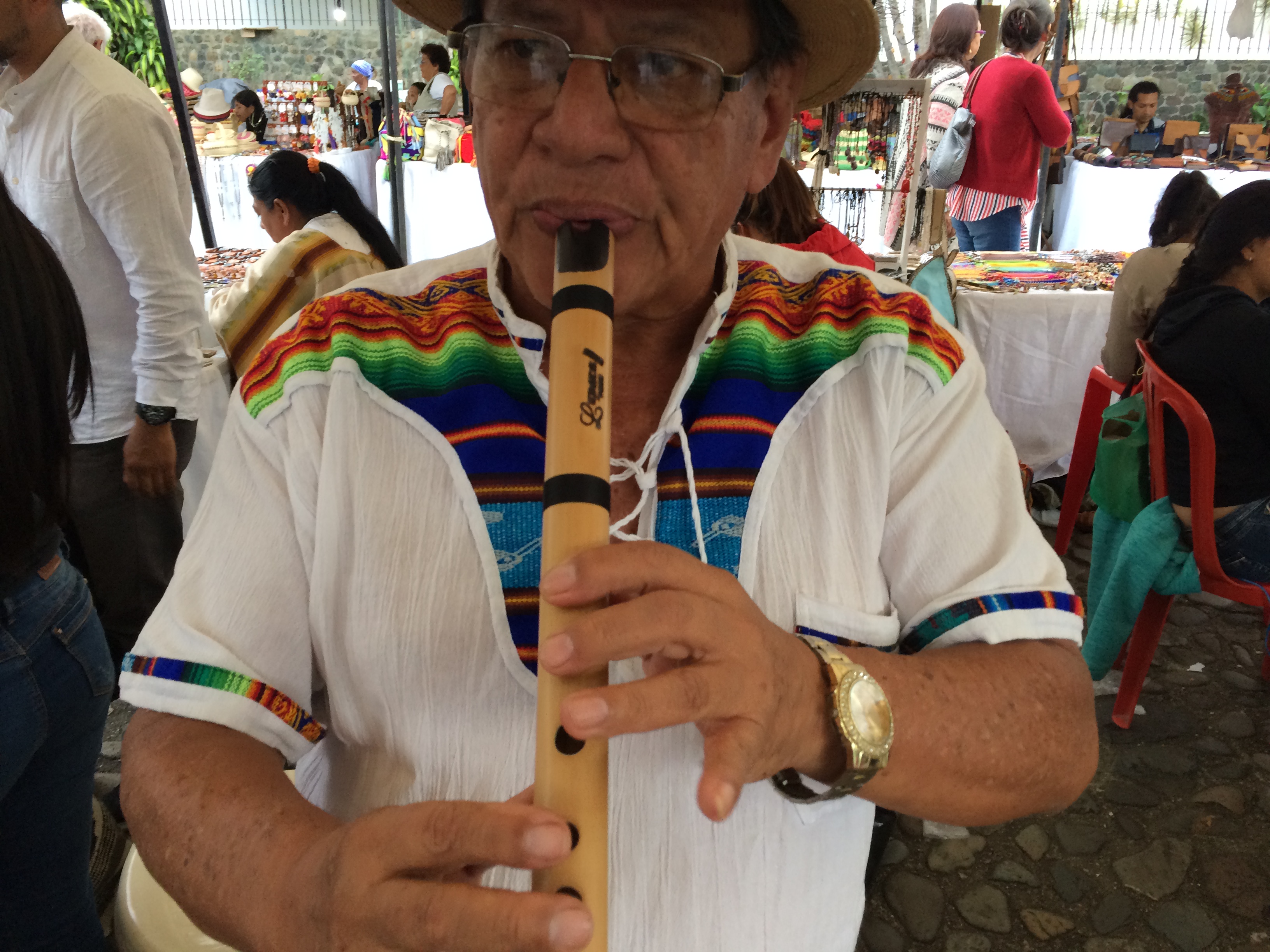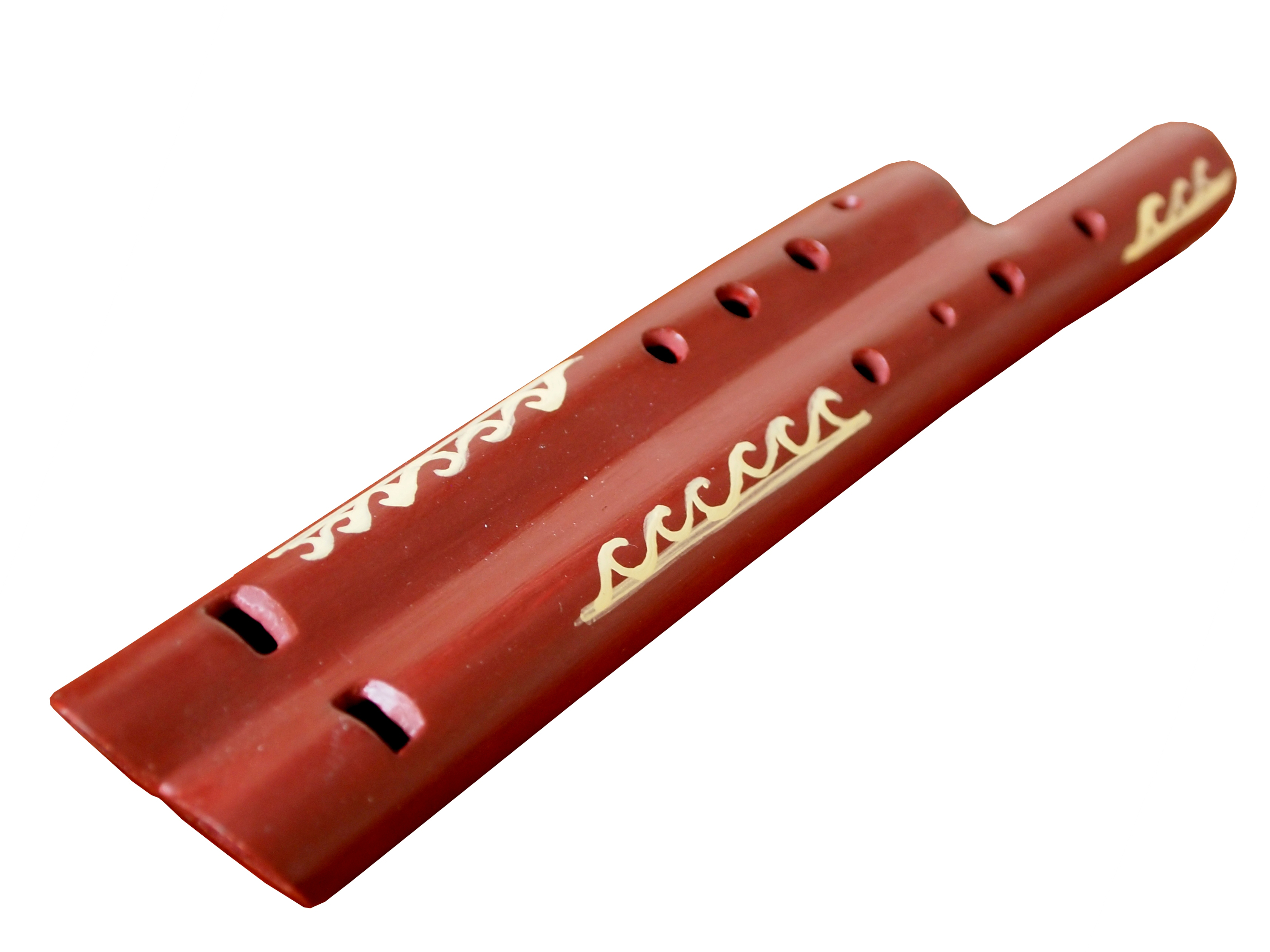The charango is a stringed musical instrument typical of South America, especially in countries like Bolivia, Peru, and parts of Argentina and Chile. Its origin dates back to the time of the Spanish conquest in the 16th century. It is believed that the charango is an adaptation of pre-existing indigenous instruments, influenced by the arrival of the Spaniards and their guitars.
The name "charango" comes from the Quechua word "ch'arango" or "charangu," which refers to a type of small guitar. Over the centuries, the charango has evolved and diversified into different regional variants with unique characteristics. It is known for its small body and distinctive bright and high-pitched sound, making it popular in the folk music of the Andean region.
The charango is an essential musical instrument in traditional Andean music, and its history is closely tied to the indigenous culture of the region. Over the years, it has been used in a variety of musical genres, from folk music to contemporary music.
The body of the charango is traditionally made from the shell of an armadillo, although nowadays other materials such as wood or plastic are also used. Currently some countries prohibit the use of armadillo shell for the manufacture of the charango.The strings are made from nylon or animal gut, and the instrument is played using a technique of strumming and fingerpicking.
In Andean music, the charango is used to accompany songs and melodies, often in musical ensembles known as "charango groups." Its distinctive sound adds a unique character to Andean music and has been widely embraced throughout Latin America.
Furthermore, the charango has gained international recognition and has been used in various musical fusions, blending elements of traditional Andean music with other genres such as rock and jazz. Its versatility and uniqueness have made it an instrument cherished by both traditional musicians and those looking to experiment with new musical forms.
In summary, the charango is a musical instrument with a rich cultural history in the Andean region of South America and has left a lasting imprint on the continent's music.
IIn the video: Successful Peruvian singer-songwriter: Gianmarco singing and playing his charango.




